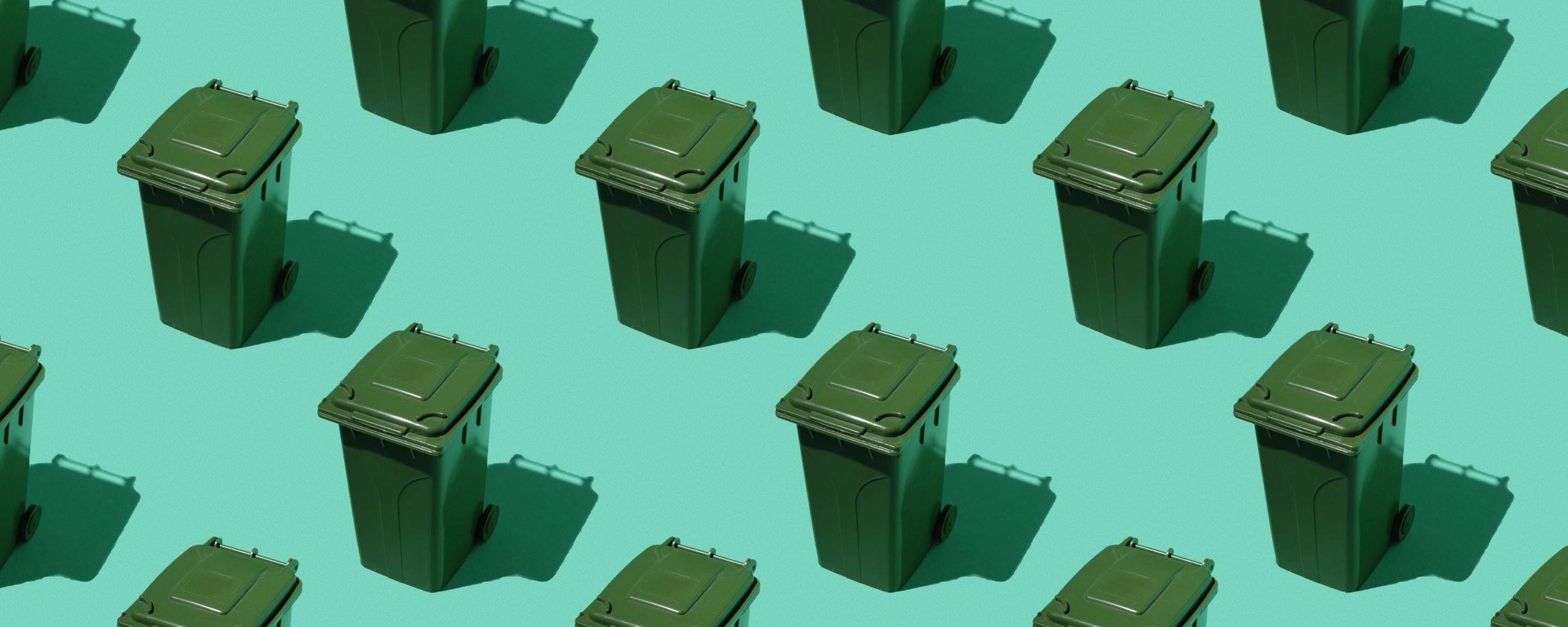RECYCLING SIGNAGE DO’S & DON’TS
Recycling signs matter—they guide us when it matters most, standing in front of the bin. Properly designed and displayed signage is an important tool for helping to increase recycling participation and decrease recycling contamination.
These compiled tips, shaped by New York's recycling leaders, can help you create effective recycling signage. They're all about keeping it clear, speaking to diverse groups of people, and making recycling easier for us all.

01
THE RECYCLING SIGNAGE GUIDE
1. Keep it Simple
Use clear, concise language and minimal text to convey the message. Steer clear of jargon or overly technical terms that may confuse people.
11. Consistency is Key
3. Highlight Benefits
Emphasize the positive impact of recycling. People may be more effectively motivated if they understand how the benefits directly impact them or their immediate communities (e.g., recycling in parks helps to keep our green spaces safe and beautiful).
2. Use Visuals
Incorporate images or icons that represent the items to be recycled. Visual cues can be more effective than text alone, especially in multilingual communities.
1. Keep it simple
5. Place Signage (and Bins) Strategically:
Position signs where they are easily visible and relevant to the area. Ensure they are placed around eye level and well-lit for maximum impact. *Where there is a trash bin, there should also be a recycling bin.*
4. Provide Specific Instructions
Clearly outline what items should be recycled, how they should be sorted, and how to properly prep the item (e.g., break down cardboard boxes, ball up aluminum foil).
9. Include a Call to Action
8. Size Considerations
7. Color and Contrast
6. Durability
6. Durability
The material of the sign and quality of the print should be durable enough to withstand the elements in outdoor environments. Durable material options include Aluminum, Dibond, and PVC.
7. Color and Contrast
Utilize contrasting colors to make important information stand out. For example, green for recyclables and black for non-recyclables, can help reinforce the message. Utilizing the word “landfill” for the waste bin is effective in reminding people about where the item is ending up. Additionally, embrace white-space in the design to maintain a clean and uncluttered layout.
8. Size Considerations
If space constraints allow, sign and font sizes should be readable from a distance.
9. Include a Call to Action
Encourage participation with group and action-oriented language. For example, "Recycle Here," “We are Recycling Right,” “Community Members are Keeping this Park Beautiful and Safe by Recycling Right.”
11. Consistency is Key
Keep the design and messaging consistent across all recycling bins and signage in the community. Without exception, every bin should have a sign. Consistency helps reinforce learning and behavior.
10. Don't Assume Prior Knowledge
Ensure the signage is understandable even for individuals new to recycling.
EXTRA POINTS IF YOU:
Test and Evaluate
Pilot the signage in a small area first, and gather feedback. Use this information to make adjustments before implementing it on a larger scale.
Provide Feedback or Rewards
Consider incorporating feedback mechanisms or even small rewards for proper recycling behavior. Positive reinforcement can help to increase engagement and adherence.
Link to More Information
Include a link or QR code on the signs where people can go to ask questions and get more information (e.g., recyclerightny.org).
5. Place Signage (and Bins) Strategically
4. Provide Specific Instructions
2. Use Visuals
10. Don't Assume Prior Knowledge
3. Highlight Benefits
Prepared by the Recycle Right New York team at the Institute for Sustainability Engagement (ISE) at Syracuse University.






